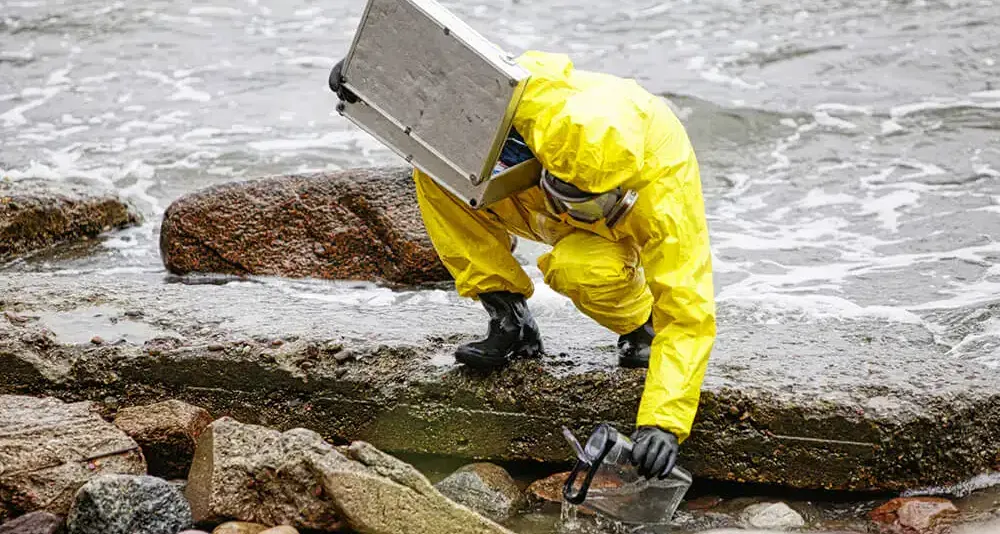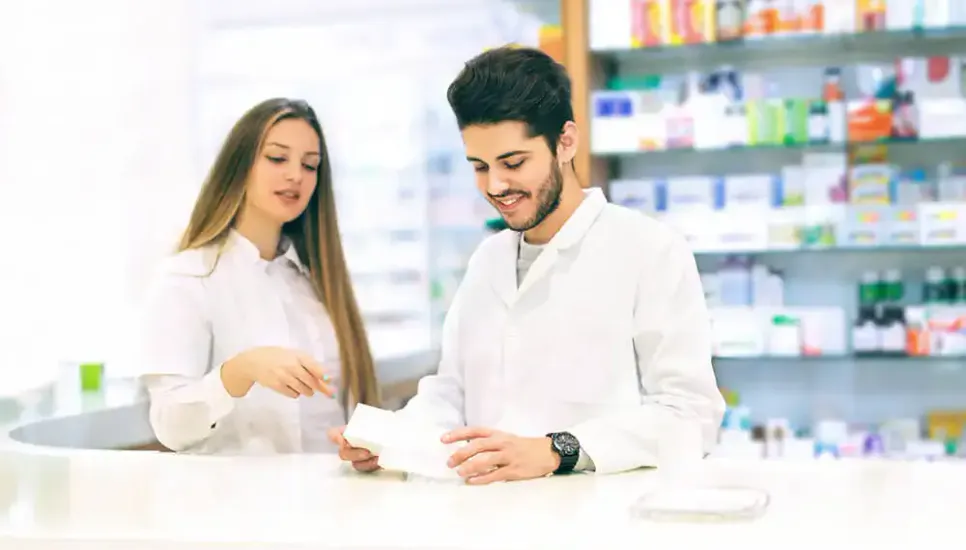Introduction
Hundreds of thousands of employees working in the sewage treatment sector ensure that Canadian cities, households, and streets are sanitized. Yet in the process, they are exposed to a series of very dangerous factors, from deadly gases to biological hazards, poisonous chemicals, and physical injuries. To ensure the short- and long-term wellbeing of these workers, safety training plays an essential role.Potential Hazards
The most common risks associated with sewage treatment include:
Exposure to H2S and Other Dangerous Gases.
Hydrogen Sulfide – a potentially deadly gas – is a ubiquitous presence in sewage treatment plants. The gas usually forms when organic materials, including vegetable matter and manure, decompose in the absence of oxygen. Not only are workers in sewage treatment plants frequently exposed to H2S, but they also become acquainted with the smell of the gas and are no longer able to detect its presence without specialized tools. If they become exposed to a high dose of H2S – for example, while working in a confined, poorly oxygenated space – death is almost certain. Even lower levels of H2S can cause irritation of the skin, eyes, and respiratory system, as well as long-term illness. Other dangerous gases that commonly occur in sewage treatment plants include methane, carbon monoxide, and ammonia.Exposure to Infectious Diseases.
The treatment of human and animal waste exposes workers to a number of biological and microbial hazards that can become life-threatening in the absence of proper protection. Airborne micro-organisms, including bacteria, viruses, and fungi, may be inhaled by employees or come in contact with their skin. Prolonged exposure to these microbes has been shown to cause respiratory distress, digestive issues, allergic alveolitis, and even asthma. Many of the micro-organisms are infectious agents and can also lead to leptospirosis, helicobacter pylori infection, hepatitis, and other diseases.Working in Confined Spaces.
Sedimentation tanks, vaults, and manholes are only a few examples of enclosed spaces that workers may be required to enter for cleaning and/or maintenance purposes in a sewage treatment plant. Although employees can learn to maintain their calm while working in such enclosures, additional dangers present themselves. For example, insufficient oxygen, a contaminated atmosphere, or any engulfing material (like water) can cause a worker to become confused and even lose consciousness. In an environment that is not suitable for breathing and may contain explosive and/or gases, a lack of awareness can prove to be deadly.Working with Hazardous Chemicals.
Disinfection, flocculation, coagulation, and sludge treatment are all processes that regularly take place in a sewage treatment plant and that require the use of dangerous chemicals to complete. Solutions with a pH that is greater than 9 or lower than 3 – such as, for example, the liquid chlorine used for disinfection – can irritate the skin and permanently damage the employee’s eye(s) in case of direct contact.
Incident Prevention
Sewage treatment is one of the most dangerous sectors in Canada, which is why workers should be rigorously trained prior to being assigned their first tasks. In fact, the most effective way to prevent incidents in a sewage treatment plant is to ensure that all employees are aware of the risks commonly associated with their line of work and that they have the necessary knowledge to avoid and/or mitigate these risks.
In addition, the correct use of personal protective equipment can save workers’ lives, provided that the gear is maintained in good shape. Both short- and long-term effects of working with dangerous gases can be prevented if the correct type of respirator is used during each task. Infectious diseases and exposure to hazardous chemicals are equally avoidable once employees are taught to use the necessary PPE.
Working in confined spaces presents a number of complex challenges that must be tackled at once in order to ensure the safety of employees. Only once a worker has received scrupulous training in this respect should they be allowed to enter a confined space for cleaning and/or repair purposes. The space should be inspected beforehand and PPE should be selected accordingly. Working in confined spaces should only be allowed under close supervision and an emergency rescue team should stand by throughout the duration of the task.
Recommended Safety Courses
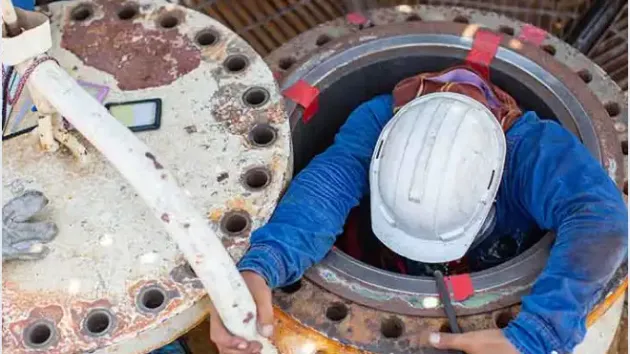
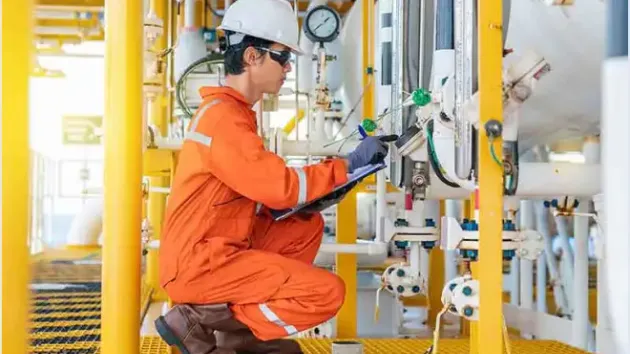
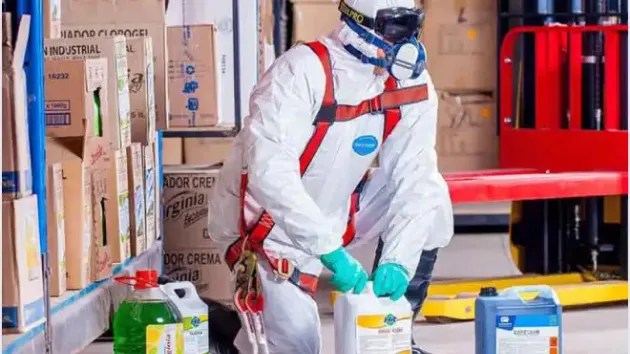
What You Can Do to Stay Safe
As a sewage treatment employee, your work serves a vital function for your community, but it also exposes you to wide range of considerable risks. To maintain your immediate and long-term health, your first step should be to undergo the necessary safety training. Throughout all jurisdictions of Canada, your employer is required by law to provide access to such courses for you and your co-workers.
For a more comprehensive list of safety courses best suited for sewage treatment, please consult our Waste Management industry page and select your specific job.
